Rhino
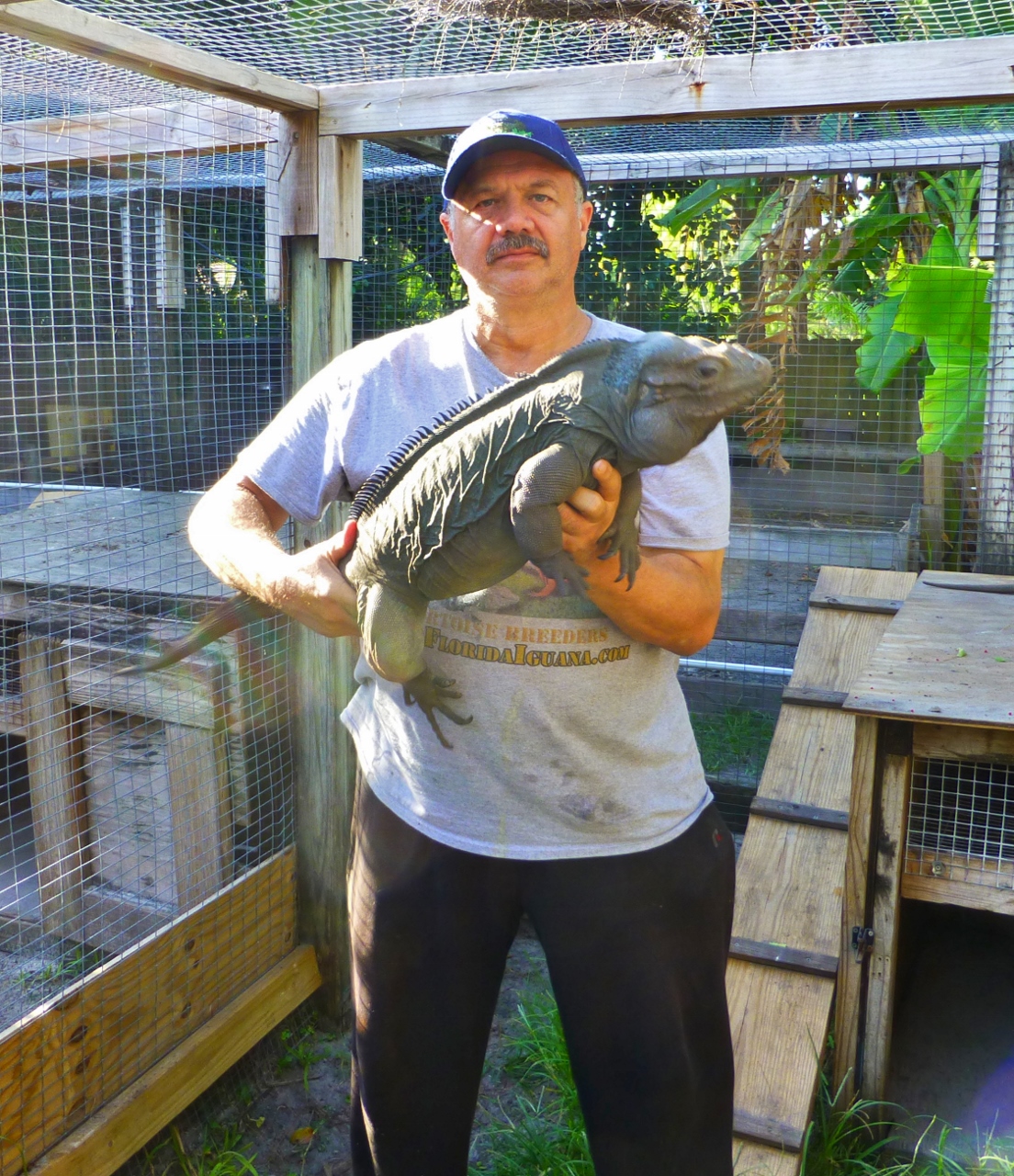
About Rhino Iguanas:
Rhino Iguana (Cyclura Cornuta) (Rhinoceros Iguanas)
Rhino Iguanas are Big, Bold and the Most prehistoric looking of the Cyclura Iguanas. They are a very heavy bodied animals weighing well over 20 Lbs and up to 25 Lbs for some large males. They are a very long lived animal with life spans above 60 years and up to 80 years. I had a male (MR Blue) as we called him who came out of Life Fellowship Church. They obtained him from Bill Haast from the Miami Serpentarium Laboratories after they closed.
There were newspaper articles about him where he was named (Gorgeous) at the time. He died back a few hours ago from a non-dieses related death.
Personalities:
The general excepted belief is that Rhino Iguanas are the hardest to tame of the Cyclura Iguanas making them difficult as pets as they become bigger and stronger. If your are looking for a pet, Typically the best practice is to either get an adult that is already tame or buy a baby from a breeder that is young and then invest the time to make him a good pet.
We have the best guarantee in the industry, Guaranteed live arrival, 30 day exchange policy and one year health guarantee. We are an approved breeder by the ZAA (Zoological Association of America.)
Cyclura Rhino Videos
Cyclura Rhino Descriptions
Taxonomy
The Rhinoceros Iguana is a species of lizard belonging to the genus Cyclura. The generic name (Cyclura) is derived from the Ancient Greek cyclos meaning "circular" and ourá meaning "tail", after the thick-ringed tail characteristic of all Cyclura. The Rhinoceros Iguana's specific name, cornuta, is from the Latin word cornutus, meaning "horned" and refers to the horned projections on the snouts of males of the species. The species was first identified by Pierre Joseph Bonnaterre in 1789.
There are two subspecies of Cyclura cornuta, the Mona Ground Iguana (Cyclura cornuta stejnegeri) and the Navassa Island Iguana (Cyclura cornuta onchiopsis), although the latter species is believed to be extinct in the wild.
Anatomy and morphology
Male Rhinoceros Iguana, Pedernales Province, Dominican Republic, 2007.The Rhinoceros Iguana, like other members of the genus Cyclura, is a large bodied, heavy headed lizard with strong legs and a vertically flattened tail. A crest of pointed horned scales extends from the nape of their neck to the tip of their tail. Their color is a uniform gray to brown drab. Most adults weigh 4.56 kilograms (10.1 lb) to 9 kilograms (20 lb)
These iguanas are characterized by the growth of bony prominent tubercles on their snouts which resemble horns. Dr. Thomas Wiewandt, who spent an extended period on Mona Island studying Cyclura cornuta stejnegeri, suggested that the horns, along with lateral spines and prominent parietal bulges, function as protective armor against sharp rocks or as defensive tools to facilitate the escape of males from the grasp of one another. Males possess an adipose pad in the form of a helmet on the occipital region of the head, and a large dewlap. Males of this species, like other species within the Genus Cyclura, are larger than females, and have more prominent dorsal crests and "horns" in addition to large femoral pores on their thighs, which are used to release pheromones. Females have smaller pores and shorter crests than the males, making the animals sexually dimorphic.
Distribution and habitat
Rhinoceros Iguana at the Frankfurt Zoo.Ranging throughout Hispaniola, Haiti and the Dominican Republic; Rhinoceros Iguana populations are stable only on Isla Beata and the extreme of the Barahona Peninsula inside Parque Nacional Jaragua. There are moderately dense populations in the southeastern region of Haiti and its offshore islands including the saltwater lake of Etang Saumatre. Populations in Haiti are even more endangered due to the deforestation and human clearing practices. In general, the iguanas are found most abundantly in, although not restricted to, scrub woodland, dry forests characterized by xeric, rocky habitats of eroded limestone in coastal terraces and lowlands of the mainland and several offshore islands and small cays in a variety of subtropical life zones and habitat types.
Rhinoceros Iguana on Limbe Island, HaitiAn individual was photographed on May 4, 2008 on the Limbe Island in Northern Haiti. It had been caught by a group of fishermen from Bas-Limbe, Bord de Mer village. The Rhinoceros Iguanas caught on Limbe Island are eaten by the local population. This siting represents a new area previously not thought to be in the Cyclura cornata's range.
The Rhinoceros Iguana is a diurnal species living primarily in rocky outcroppings with little vegetation for cover. Although quick to flee when attacked or threatened, they will aggressively attack by biting and repeatedly striking with their thick tail if cornered.
Diet
Claw of Rhinoceros Iguana at Bristol Zoo.The Rhinoceros Iguana, like most Cyclura species is primarily herbivorous, consuming leaves, flowers, berries, and fruits from different plant species. A study in 2000 by Dr Allison Alberts of the San Diego Zoo revealed that seeds passing through the digestive tracts of Cycluras germinate more rapidly than those that do not. These seeds in the fruits consumed by cycluras have an adaptive advantage by sprouting before the end of very short rainy seasons. The Rhinoceros Iguana is also an important means of distributing these seeds to new areas (particularly when females migrate to nesting sites) and, as the largest native herbivores of their island's ecosystem, they are essential for maintaining the balance between climate and vegetation. Rhinoceros Iguanas do appear to be opportunistic carnivores as individual animals have been observed eating small lizards, snakes, and insects.
Mating
Male Rhinoceros Iguanas, unlike other members of the genus Cyclura, reach sexual maturity at four to five years of age. Females become sexually mature at two to three years of age. Male Rhinoceros Iguanas are territorial and the most aggressive males will have the largest range of territory. Mating takes place at the beginning of, or just prior to, the first rainy season of the year (May to June) and lasts for two to three weeks. Females lay from 2 to 34 eggs, with an average clutch size of 17, within 40 days. Females guard their nests for several days after laying their eggs, and incubation lasts approximately 85 days. It has been noted that their eggs are among the largest lizard eggs produced in the world
Cyclura Rhino Breeding Program
At Florida Iguana we have been breeding Rhinoceros Iguanas for just about 30 years now. What a good breeder of Cyclura iguanas does is develop of years of selective breeding the pairing of the best characteristics like health and personality.
This what we offer, our Rhinos iguanas are breed for Personality and health and It is something we have achieved over a long period of time by pairing the best animals together.
On our web site you can see many pictures of our Rhino Iguanas, not only do you see them but you can see me holding them as pets.
Some of you may remember back in the early nineties when we used to do shows like the National reptile breeders expo at that time in the Twin towers in Orlando Florida we use to have our Rhino Iguanas laying out on the exhibition table where parents and kids could come by and pet them.
If your interested in buying a Rhinos iguana as a pet or your looking to start your own breeding project I hope you give us a try.
We have the best guarantee in the industry , Guaranteed live arrival, 30 day exchange policy and one year health guarantee
We are an approved breeder by the ZAA (Zoological Association of America.)
Cyclura Rhino Pictures
Avalible Rhino's

Animal ID# Rhino Pair-3
Three year-old Rhino iguanas males & Female ready to breed, Nice Blue Rhinos
$2,300.00
Avalible Rhino's
Animal ID# ID#CA3
Three year-old Rhino iguanas males & Female ready to breed, Nice Blue Rhinos
$2,600.00


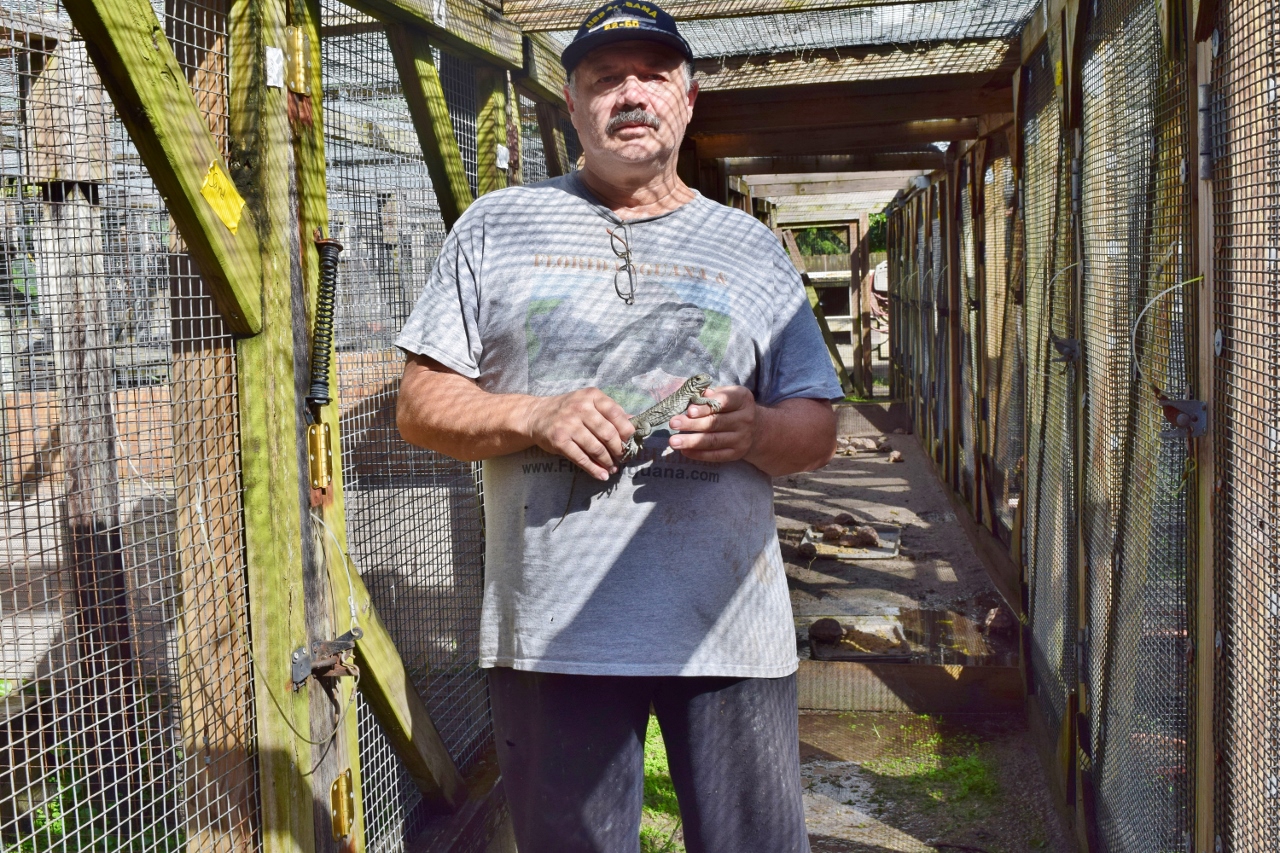
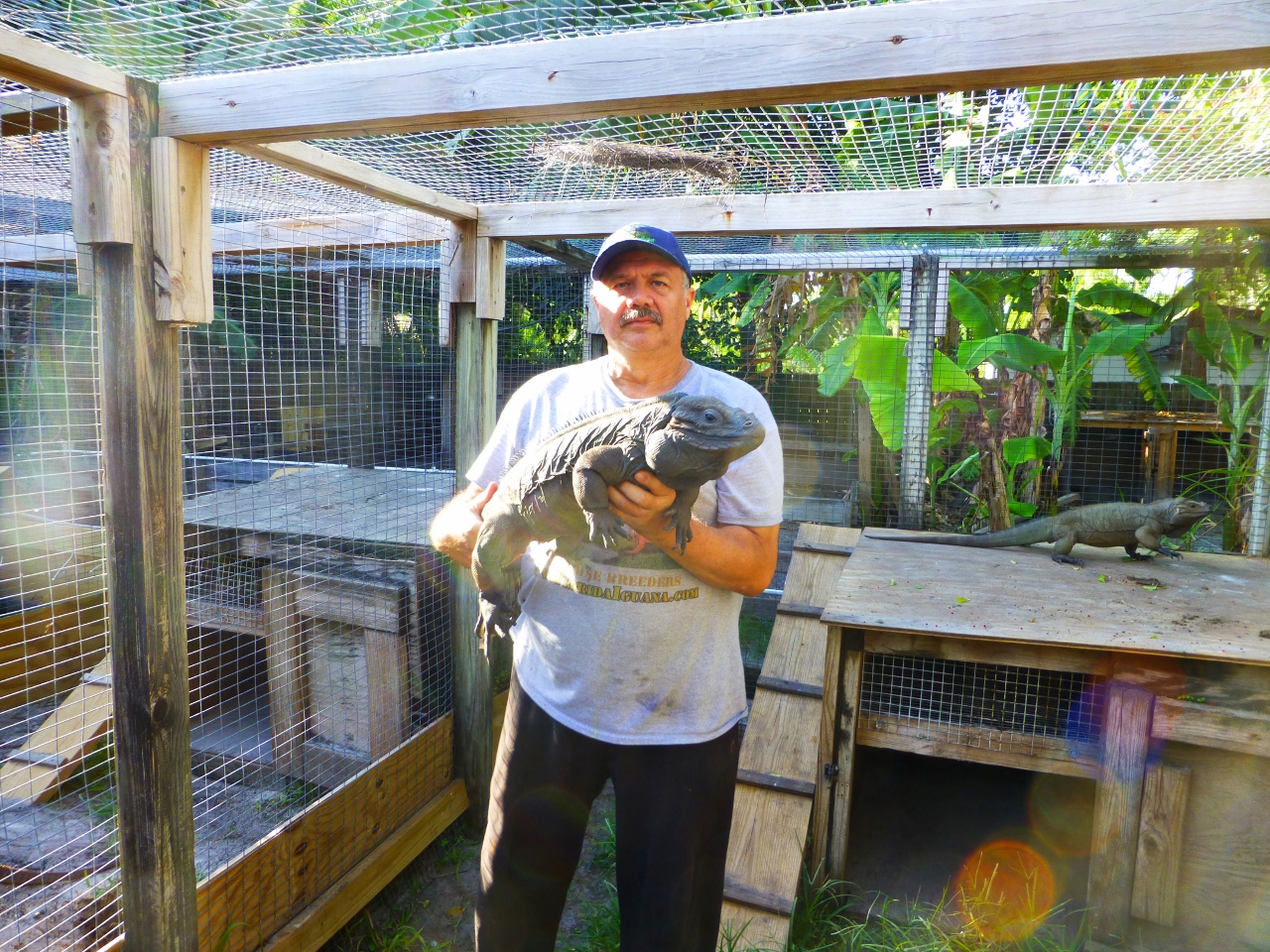
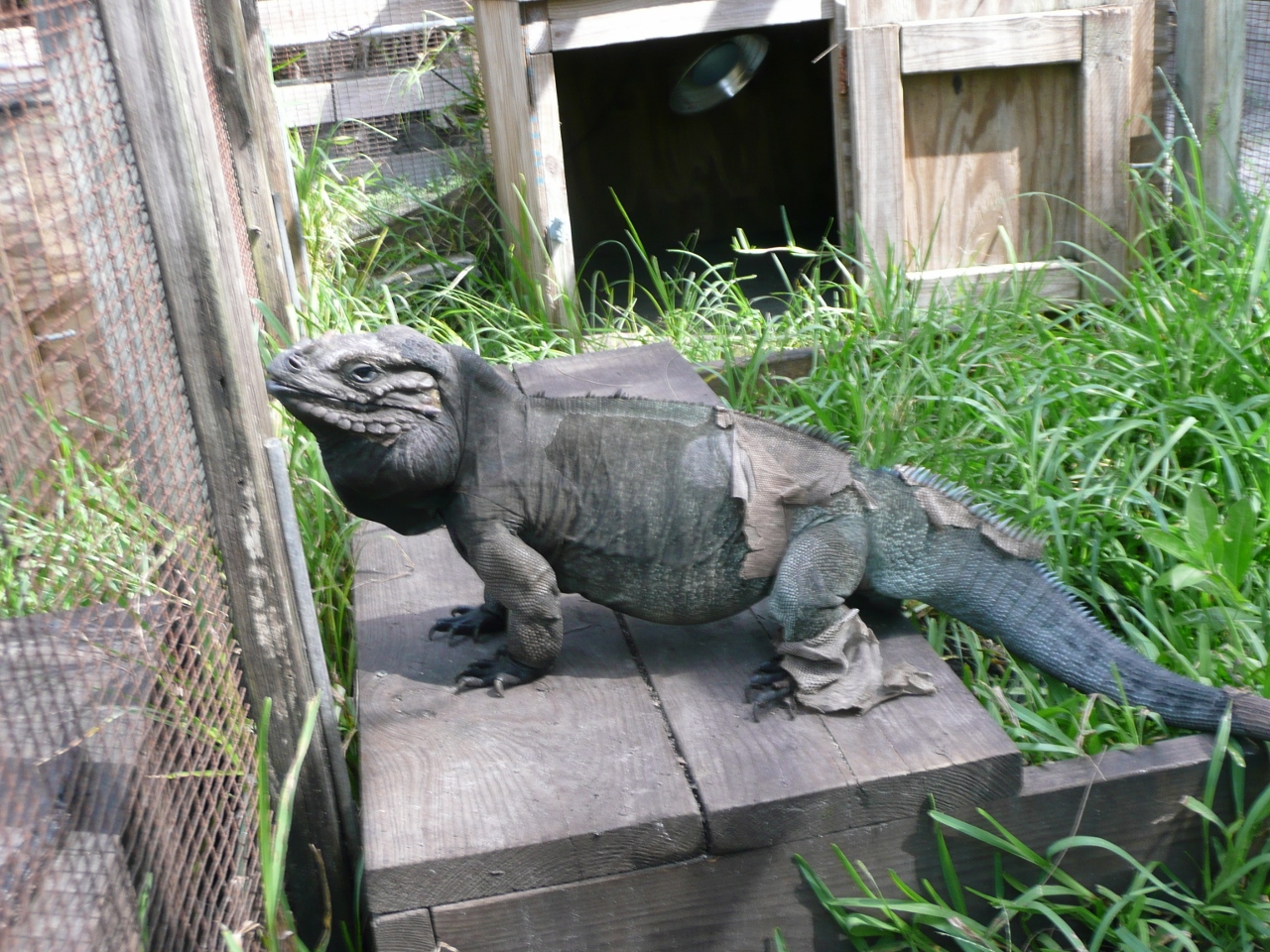
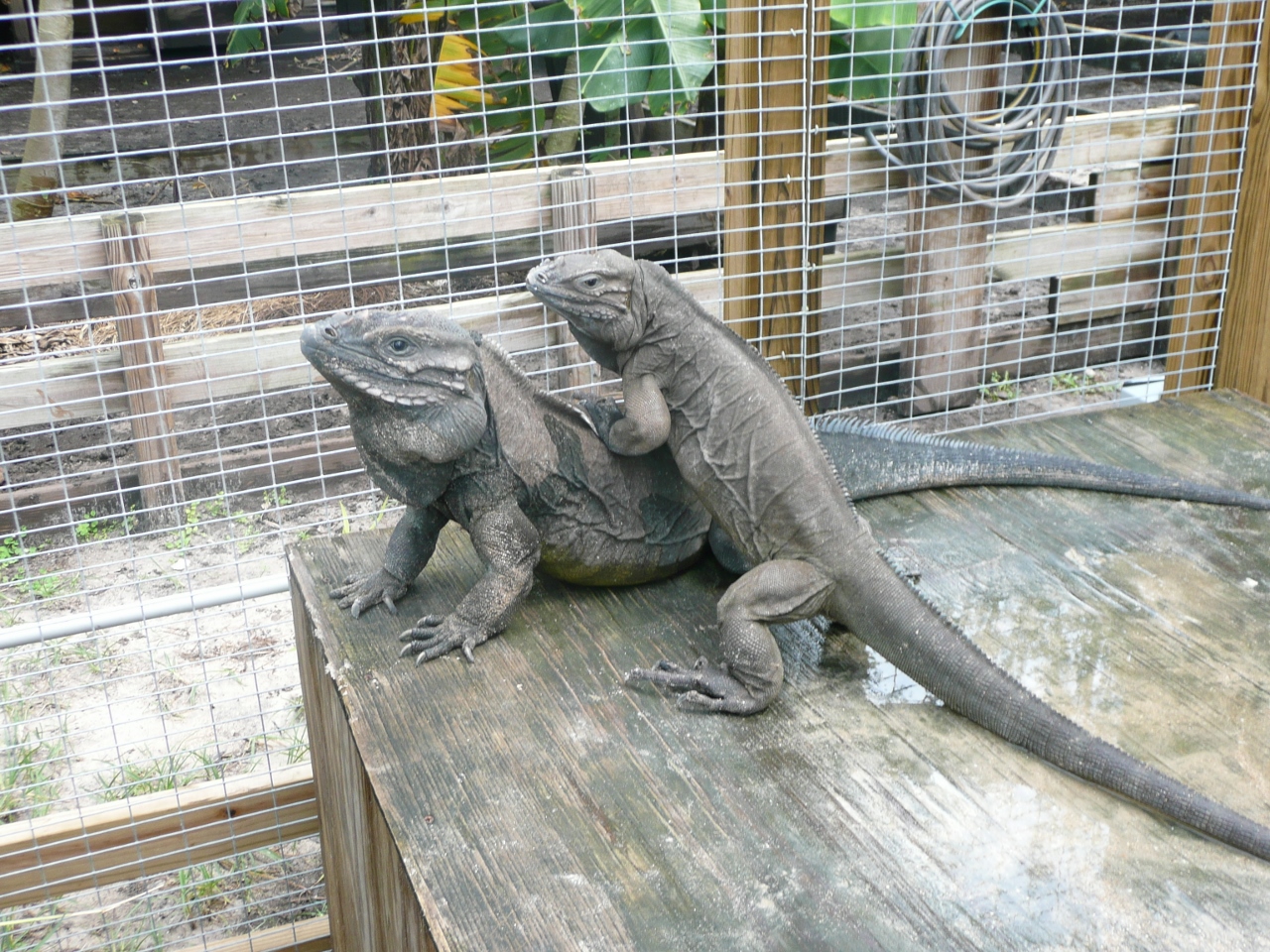

.jpg)
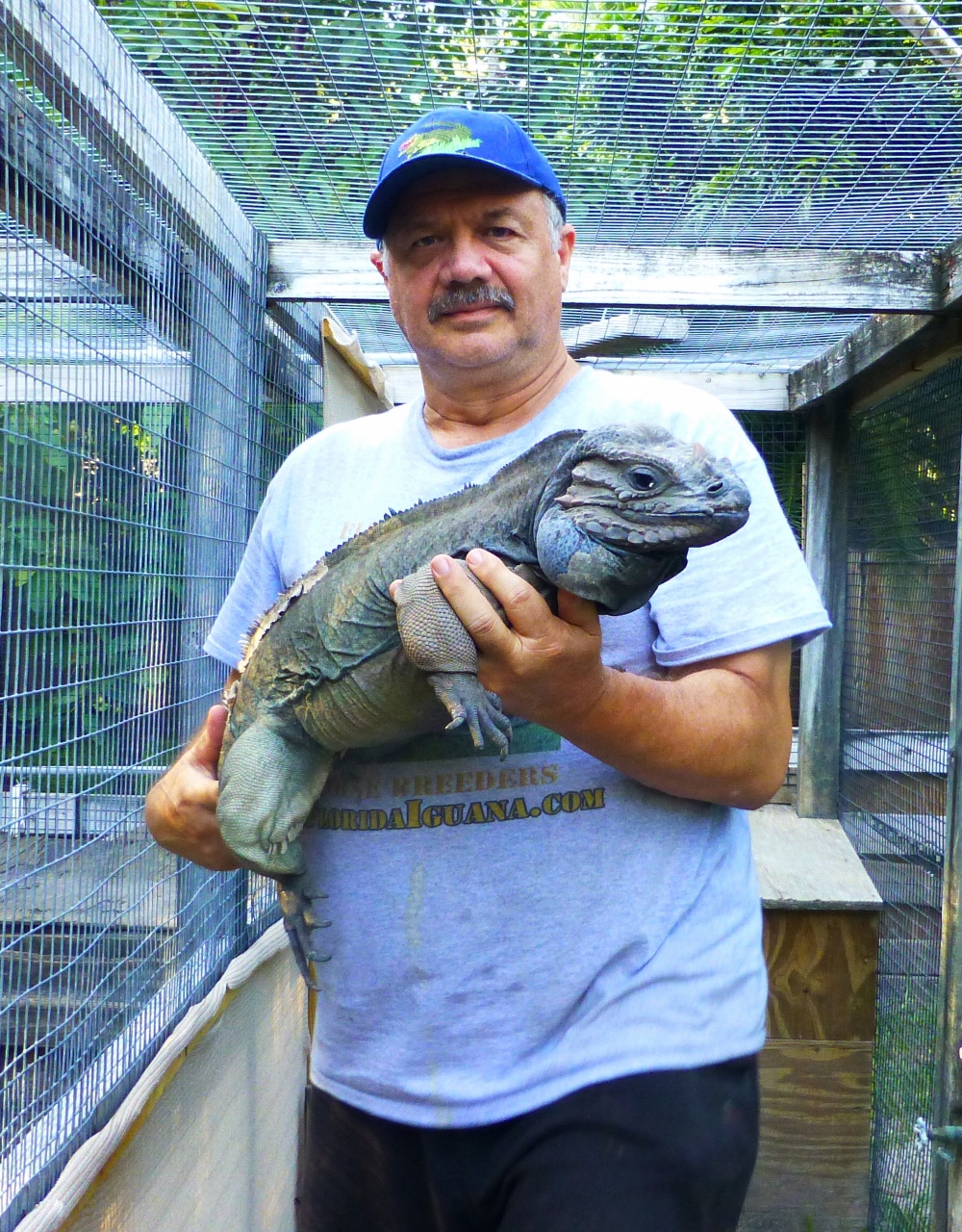
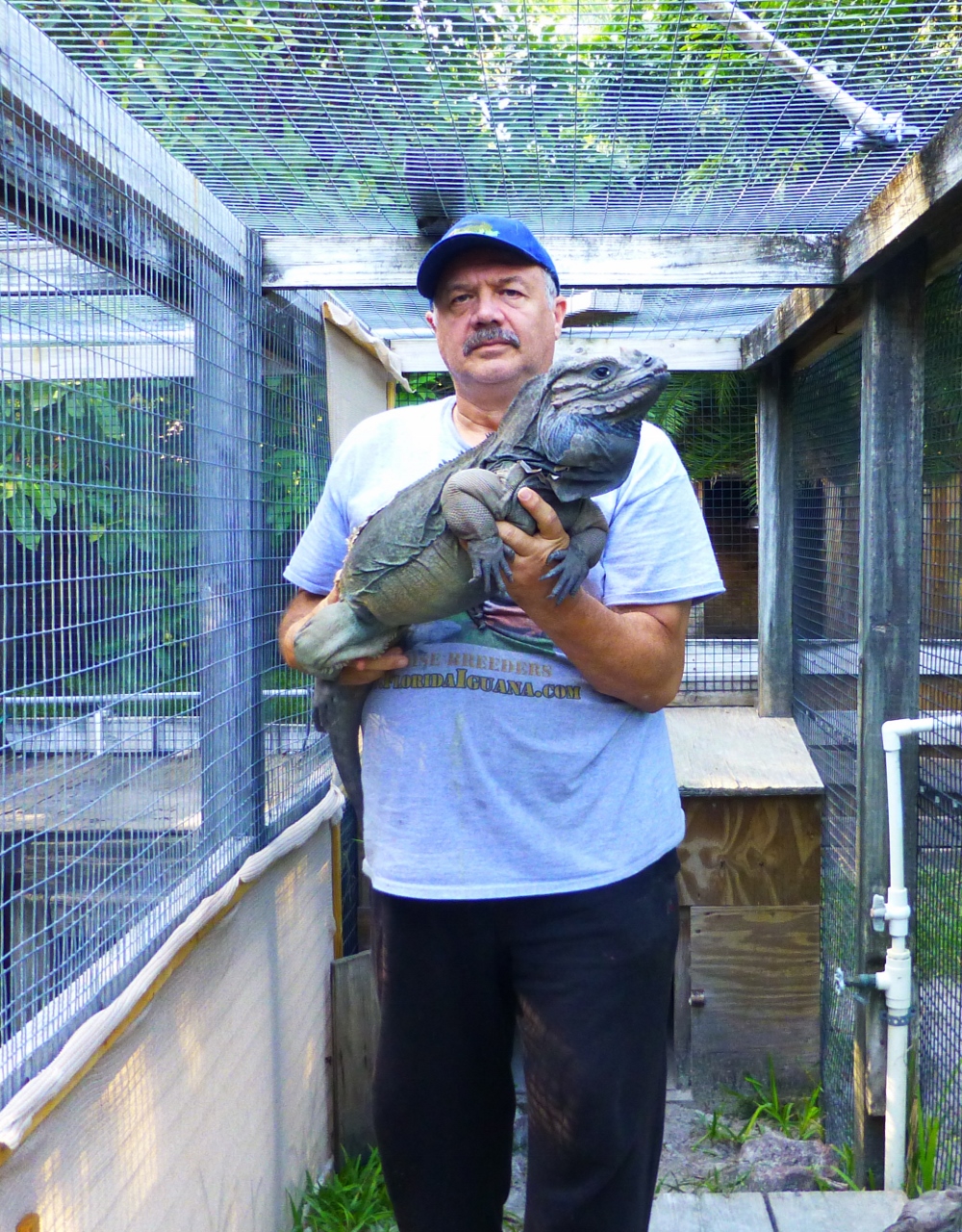
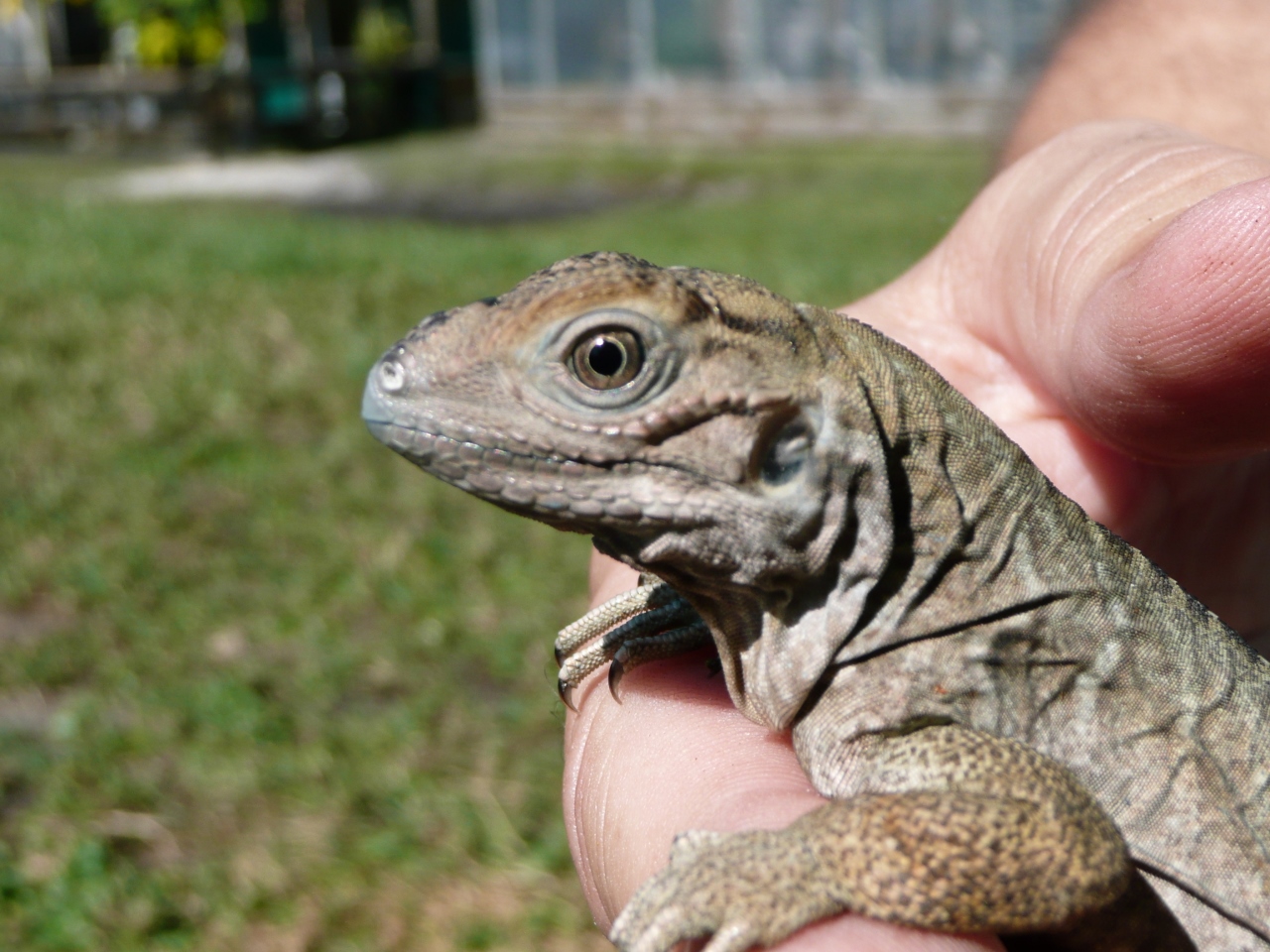
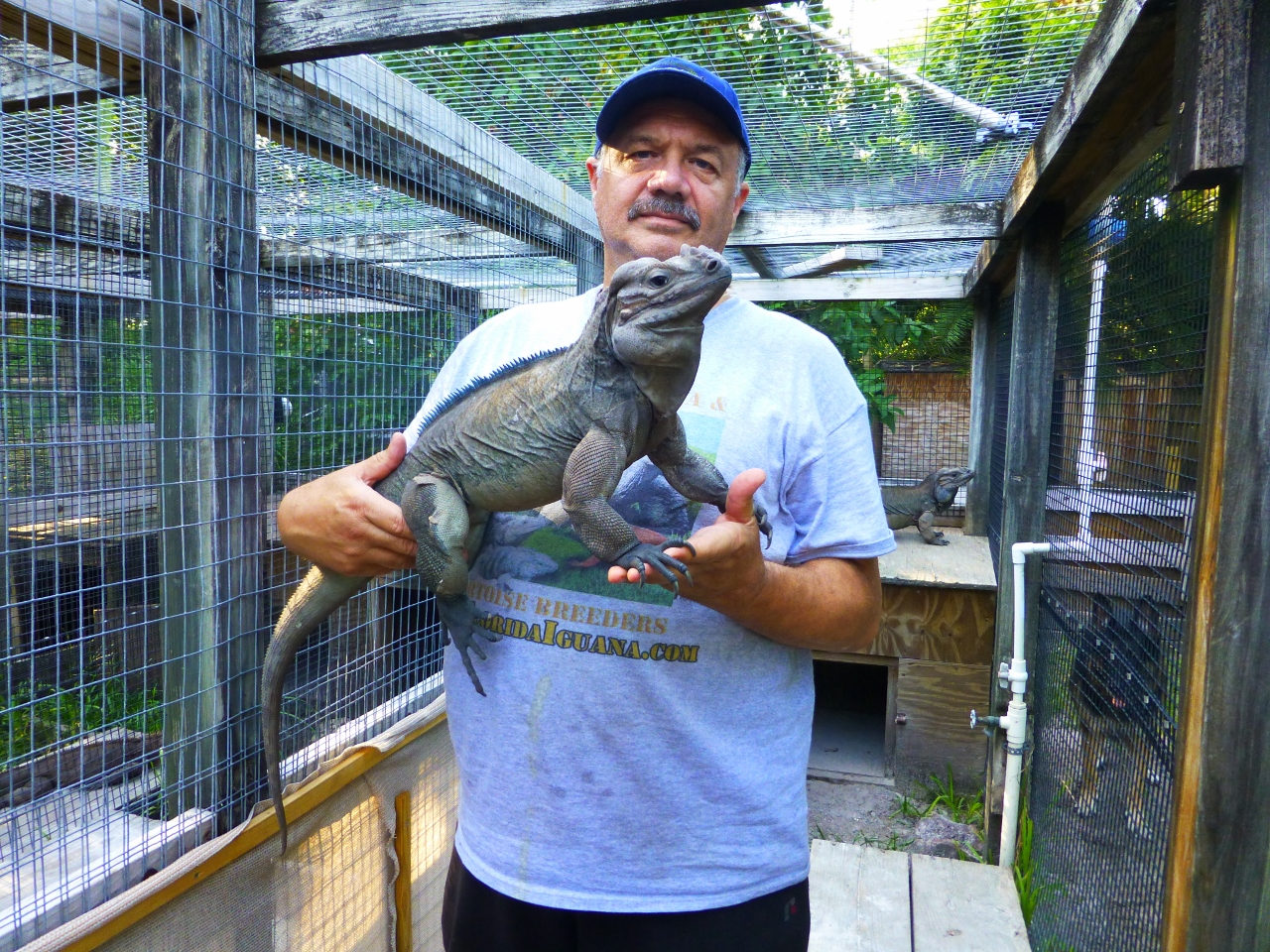
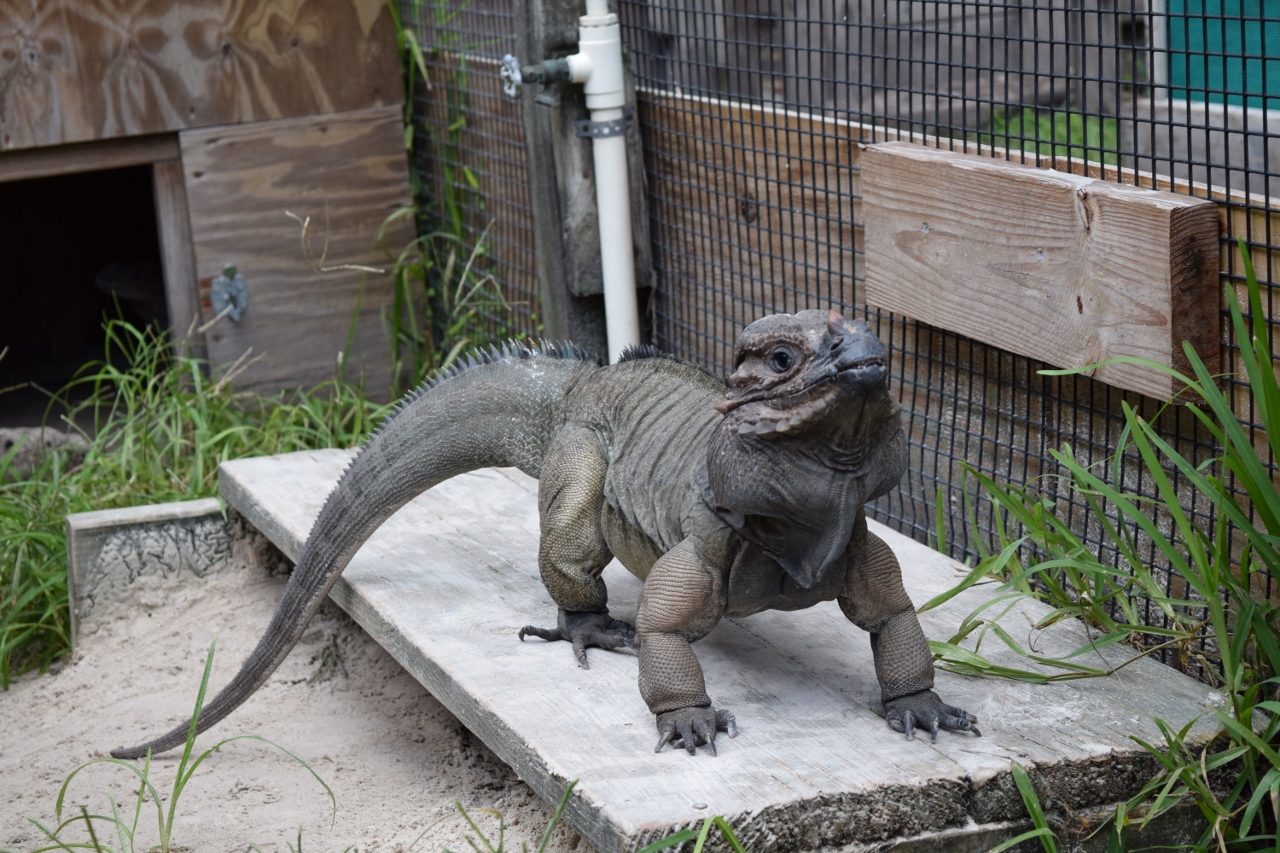
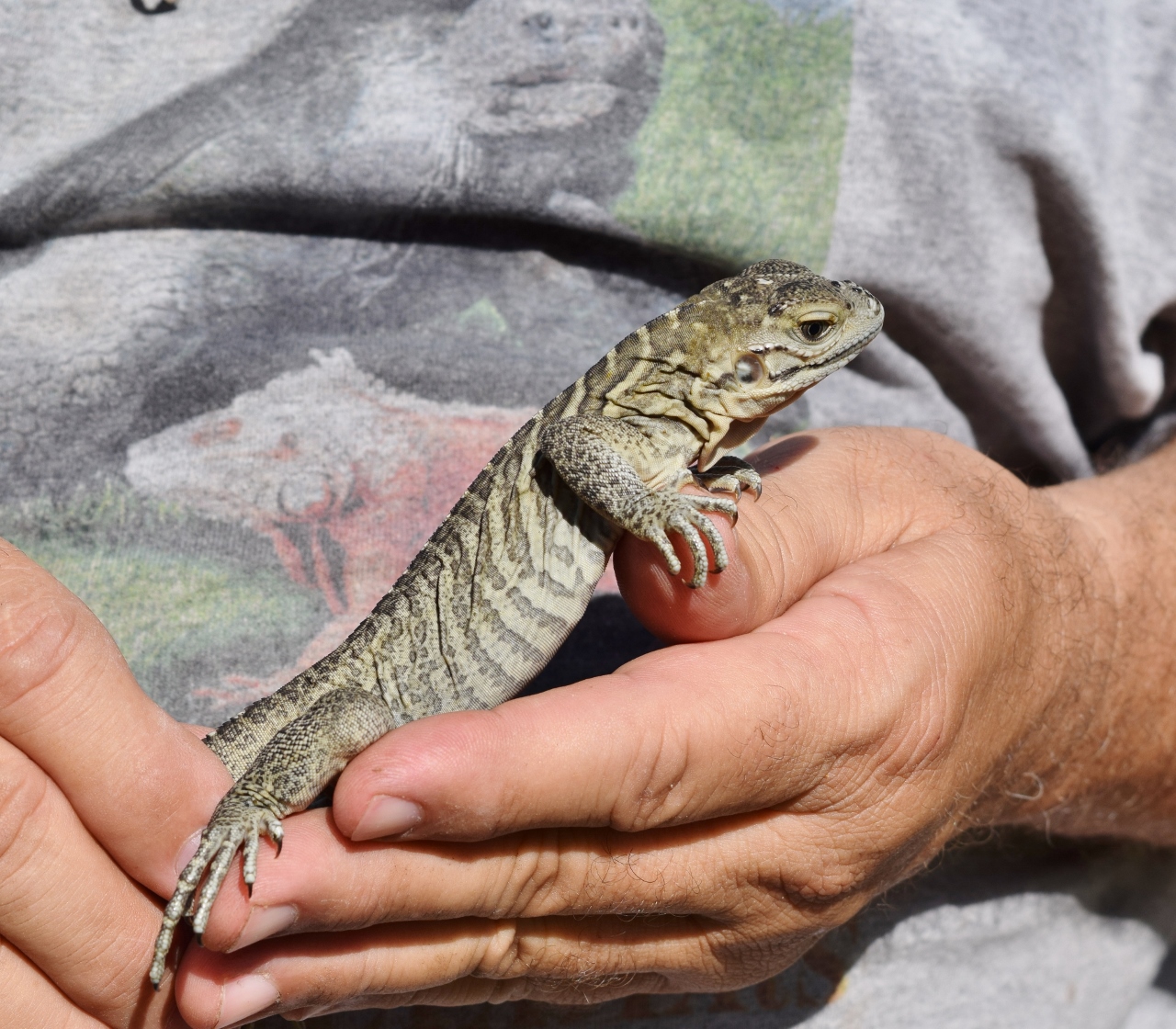
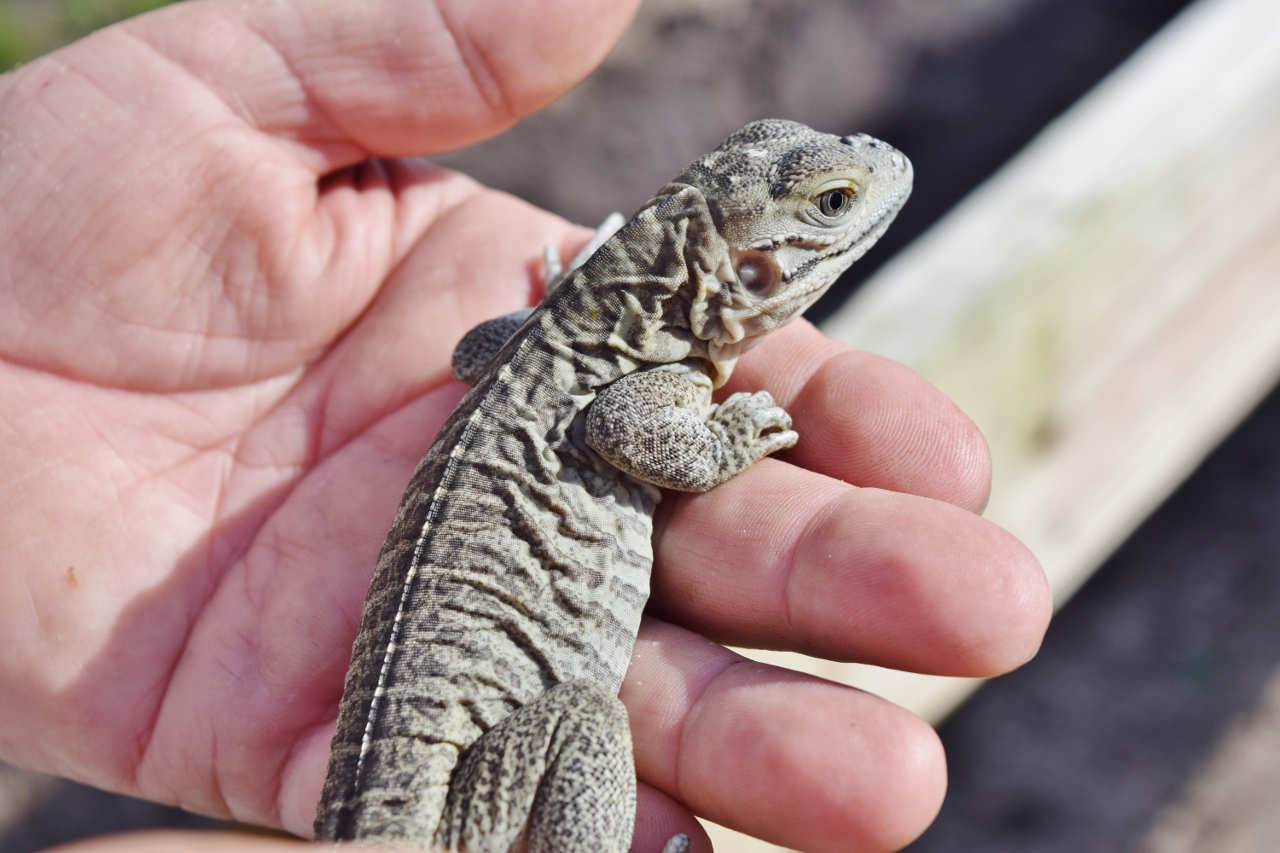
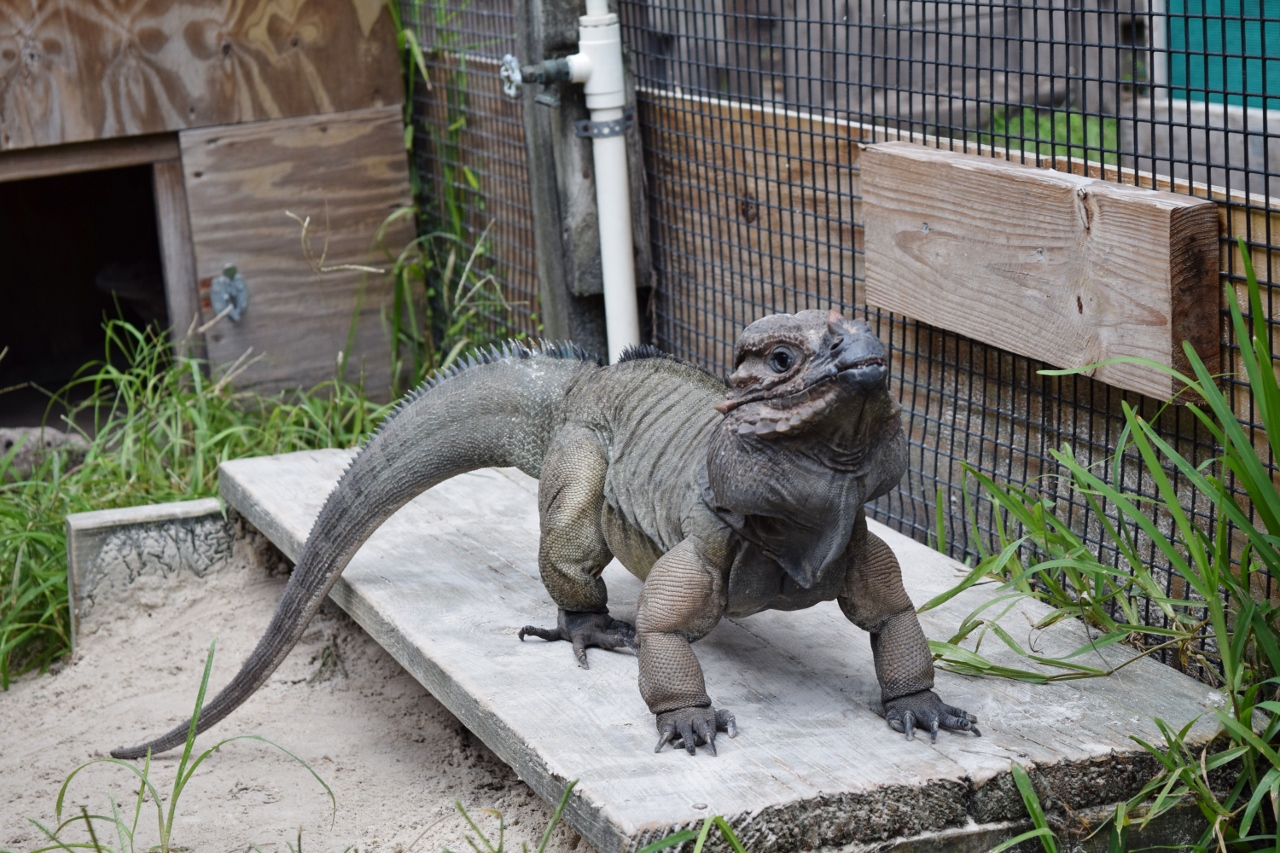

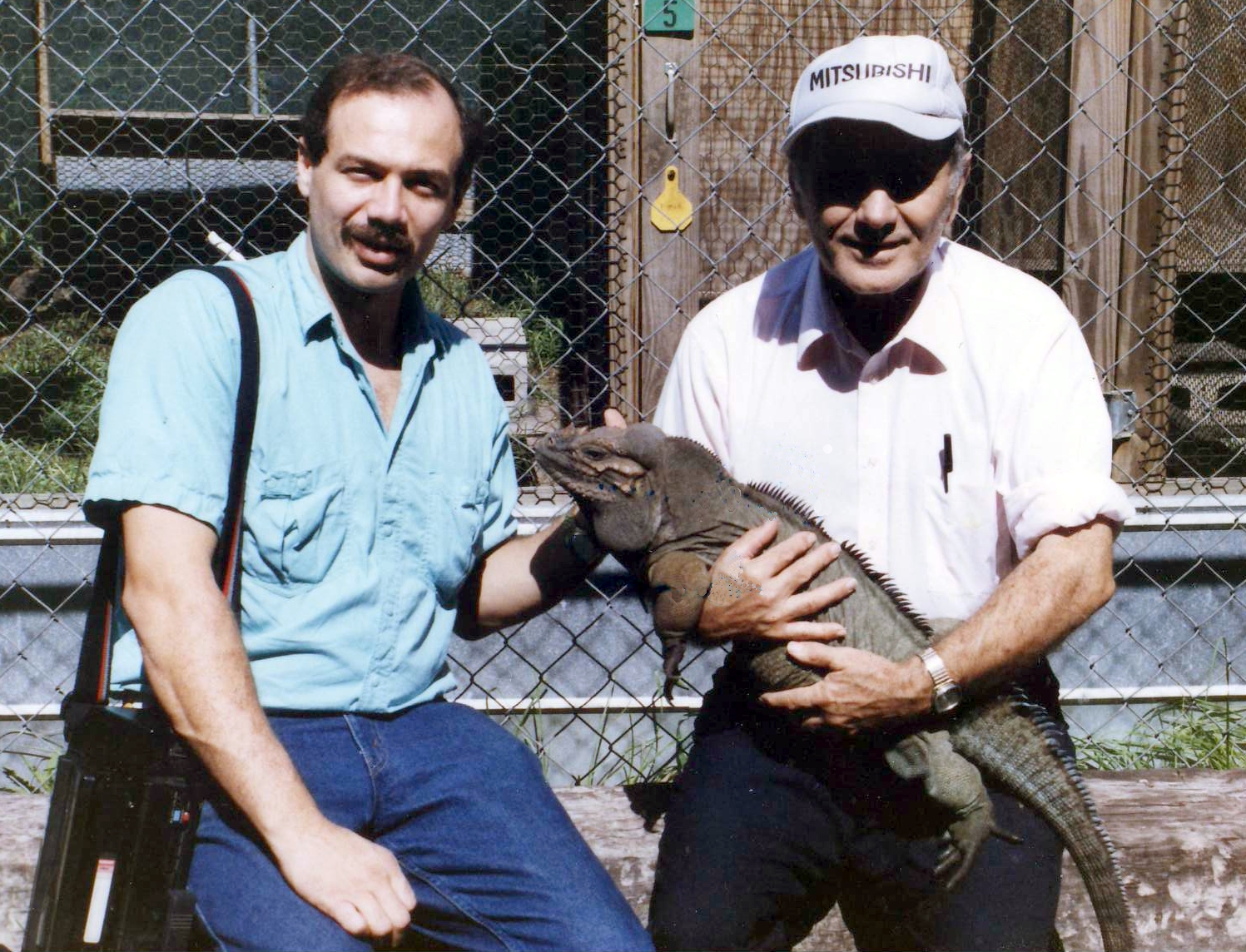
.jpg)
.jpg)
.jpg)
.jpg)
.jpg)
.jpg)

